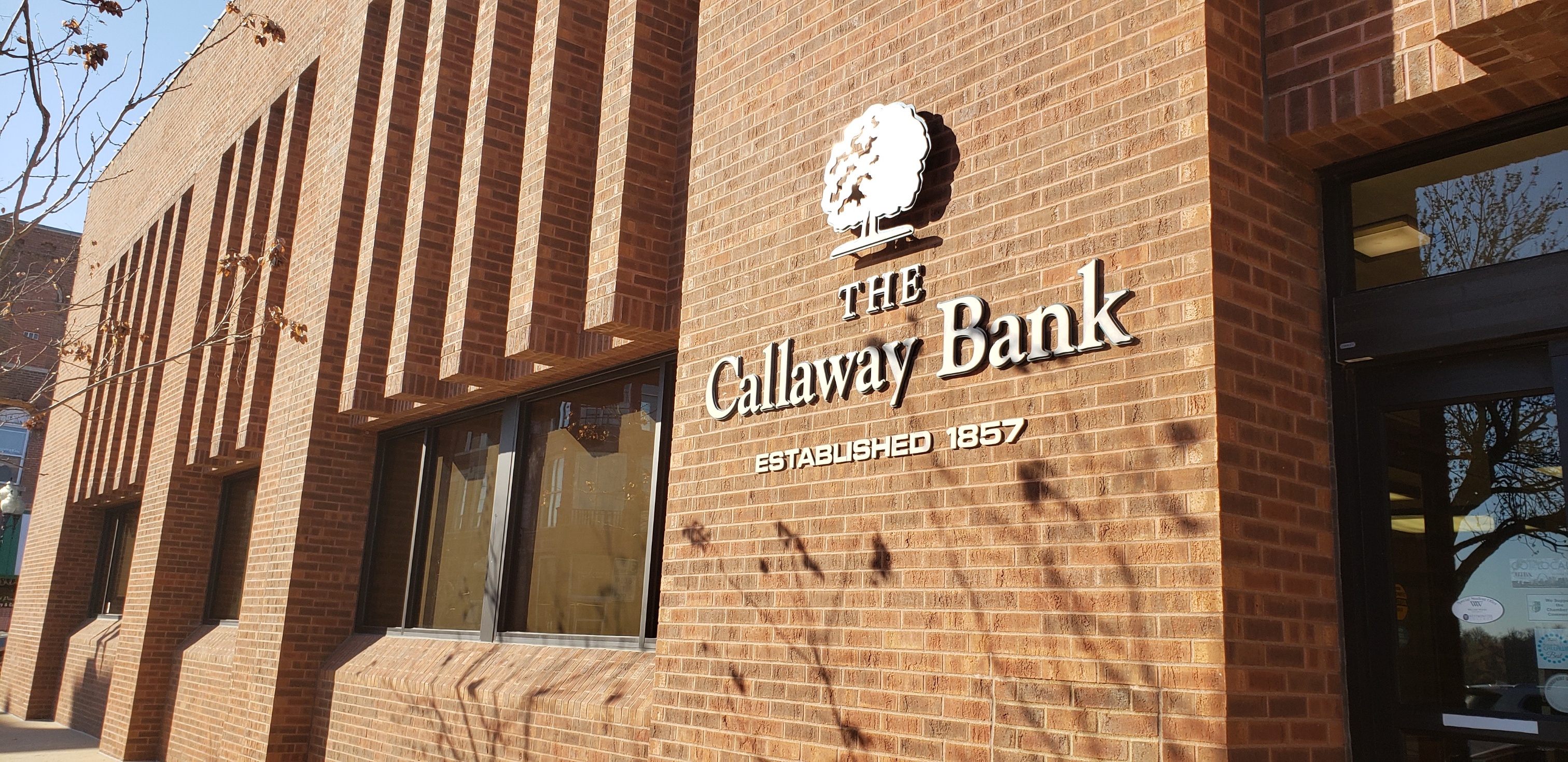“Shopping local” has been a buzzword for years, but it’s only becoming more relevant as online retail continues to gain momentum. So, why shop local? The reality, of course, is that a dollar spent locally pays dividends for a community in ways that online purchases just can’t. Fortunately, recent data¹ has shown a sharp increase in consumers planning to shop at small businesses – up more than 25 percent. The benefits of this behavior are clear.
Local Economy
When you spend money locally, those dollars don’t just evaporate to some corporate headquarters across the country or around the world. Instead, they tend to stay in the community, where they’re reinvested between three and six more times. When consumers spend $100 at a chain store, only $13 stays in the local community², on average. At a local business, that number rises to a healthier $48.
Local Business
The need to shop local is even more important now, as many communities, including our own, have felt the financial impacts from COVID-19. The past few years have been hard for independent business owners to keep positive profit margins while navigating health guidelines and consumer concerns. This leaves it up to us, the fellow community members, to prioritize shopping locally, to keep our towns economically healthy, and our neighbors doing what they love — serving this community. The benefits of shopping local are not only felt in the pocketbooks of these store owners but almost everywhere.
Schools
Local spending is one of the most important sources of tax income for local and state governments. K-12 schools, in particular, rely heavily on the financial resources³ of these government bodies — about 47 percent of school revenues come from state funds and another 45 percent comes from local governments. The small need remaining is what’s met by the federal government, which is the story for most other public assets as well.
Public Services
 While the federal government helps to build and maintain public assets, state and local governments generally cover three-quarters of the cost of maintaining and improving these assets. When it comes to the foundation of a state’s economy — specifically schools, water treatment and distribution, and transportation — state and local governments spend 90 percent of their tax revenue⁴ on these projects.
While the federal government helps to build and maintain public assets, state and local governments generally cover three-quarters of the cost of maintaining and improving these assets. When it comes to the foundation of a state’s economy — specifically schools, water treatment and distribution, and transportation — state and local governments spend 90 percent of their tax revenue⁴ on these projects.
In order to accurately measure tax revenue generation and compare one area to another, a “per acre” figure helps to illustrate the source of tax dollars. While a typical big-box retail store will earn a county around $7.11 per acre in tax revenue, the same area generates $287.55⁵ in a mixed-use business district that you’d typically find on Main Street, USA.
Real Estate
Tax revenues aren’t the only benefit, however. When you shop local, supported independent businesses are also a boon to the real estate market, and on average, home values in these neighborhoods increase by 50 percent⁶.
Jobs
These businesses are also responsible for creating around two-thirds of private-sector jobs⁷. Every $10 million spent at local businesses results in 57 jobs. The same amount spent at online retail giant Amazon creates just 14 jobs — and those jobs aren’t in the community. Just think about that. When you shop local, you are helping protect the jobs of your family, friends, and neighbors, as well as creating new employment opportunities for your community in the future.

Shop Local, Give Local, Bank Local
There are many clear benefits to spending money locally, and at The Callaway Bank, we don’t just do business in the community; we live in it. As an independent community bank, our neighborhoods are more than just our livelihood, and all our decisions center around giving back. That’s why we do all we can to support our local community, including the push to get more individuals to shop local — including ourselves.
Learn more about the benefits of banking local.
Sources:
¹;vistaprint.com, Vistaprint® Consumer Survey ²;amiba.net, Ten Studies of the “Local Economic Premium” ³;cbpp.org, A Punishing Decade For School Funding ⁴;cbpp.org, It’s Time For States To Invest in Infrastructure ⁵;ilsr.org, Key Studies: Why Local Matters ⁶;huffingtonpost.com, Small Businesses are the lifeblood of local communities ⁷;bealocalist.org, Why Local Matters






